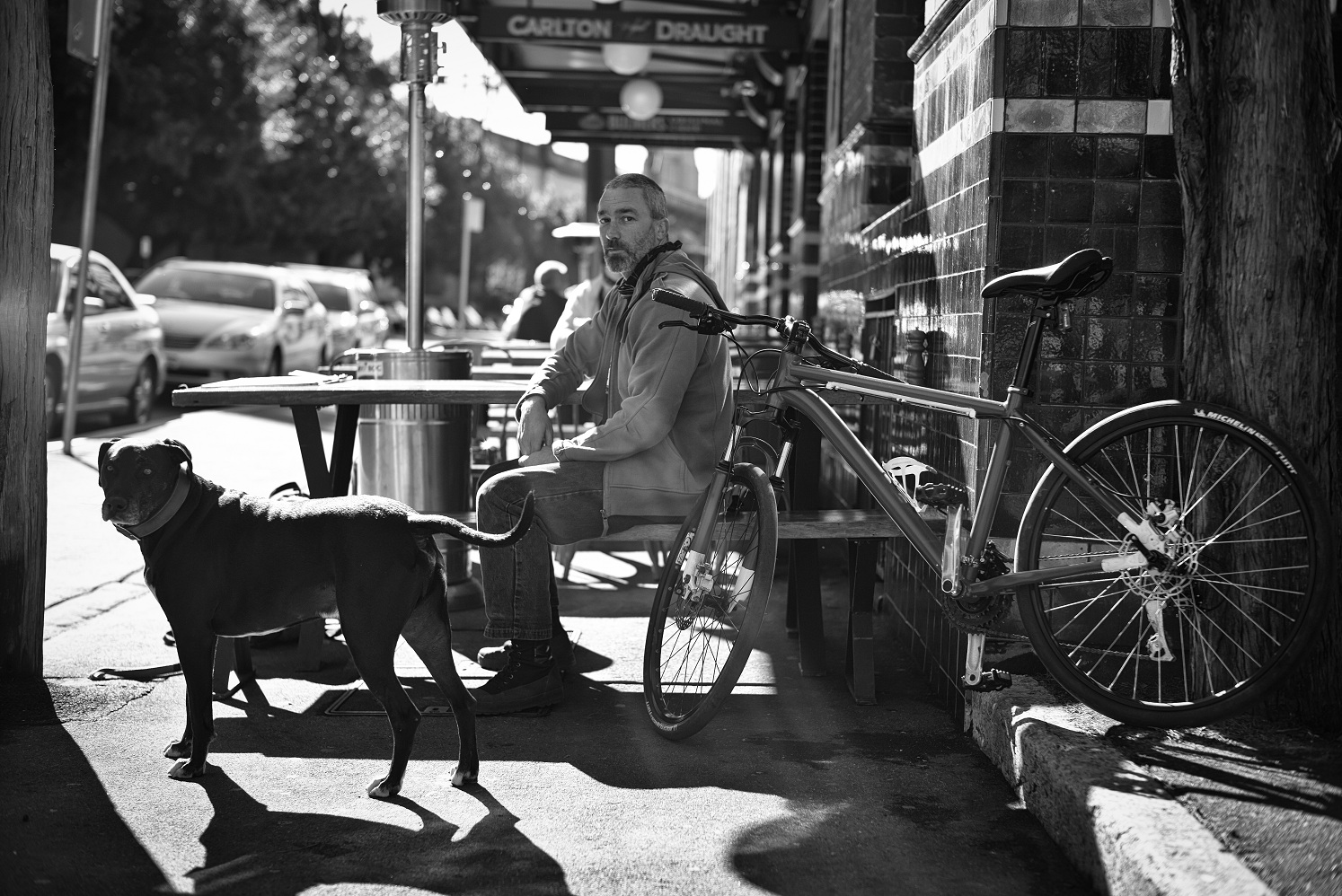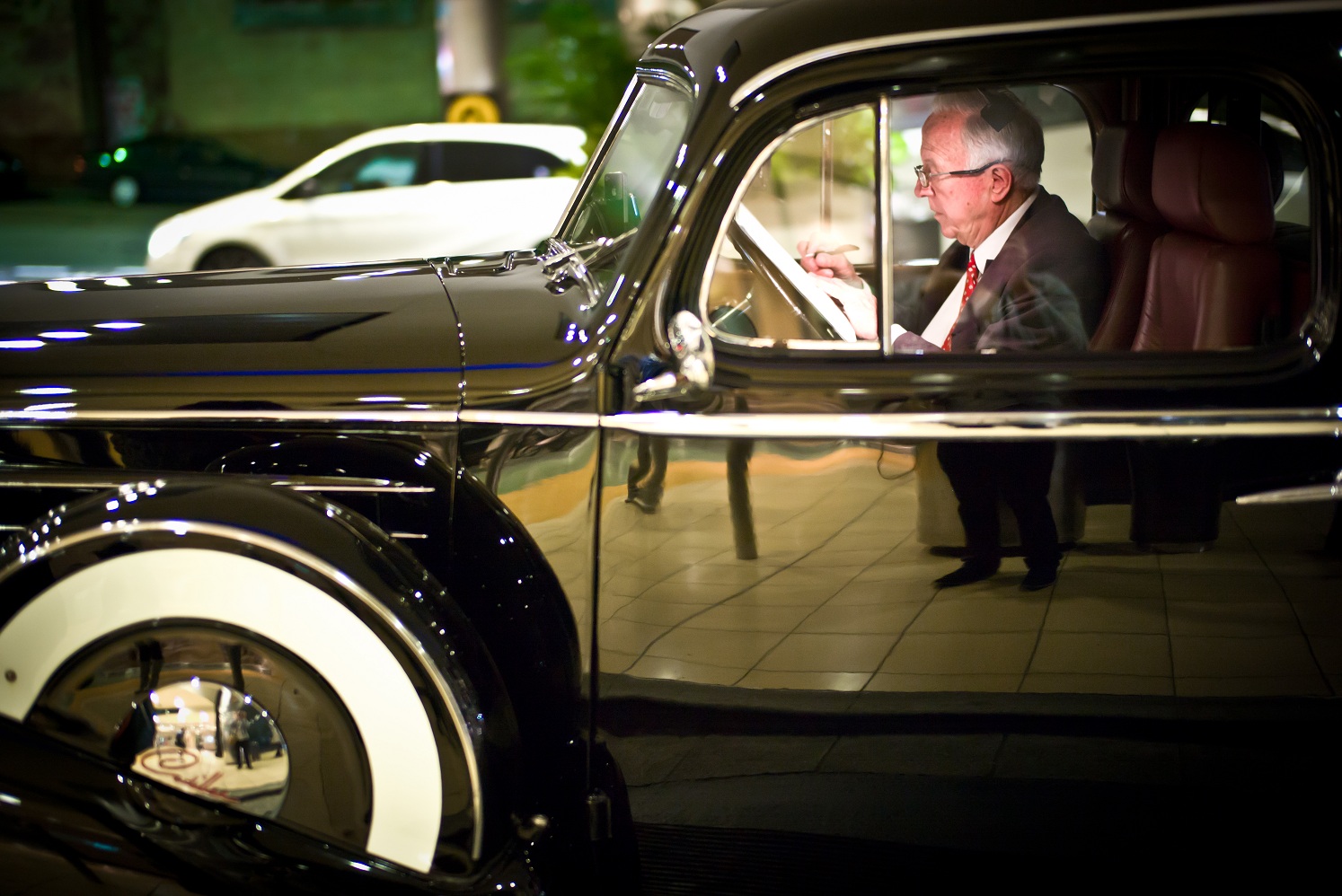Leica M 240 & 50 Summilux ASPH (Black)
I remember the anticipation was building up for the Leica announcement at September of last year, no one was certain what improvements can be done on the already excellent Leica M9. The tension was there until I saw the video of John Dooley from the Leica Academe demonstrates the new Leica M. Immediately I was attracted by the camera, it offers so much more than the M9 as a camera but it was until I read online debates all around forums regarding to CMOS vs CCD brought doubts in mind too. Until now, when I finally received the new Leica M typ 240 camera that all my doubts have vanished.
There still are not too many Leica M typ240 cameras out around the world as of June, 2013 and this is due to supply issues from Leica (See public statement from Leica). Other than waiting on the long list of Leica dealers, the only alternative would be paying for a big premium to cut the queue. Nevertheless, it is well worth the wait and there is no-going back to the Leica M9 after using the new M substantially.
"Survival of Strongest" - Leica M + 50 F1.4 Summilux ASPH
Improvements Compared to the Leica M9
The new Leica M typ240 improved all the short-comings of that Leica M9 users have asked for: higher resolution screen, quicker camera processor, faster buffer, quieter shutter sound, better ISO performance and overall much improved functionality.
Leica M240 & 50 Lux ASPH Chrome Set
Build Quality
The build quality of the Leica M is simply amazing. It is build even better than the Leica M9 but maintained similar weight. The camera feels impeccably solid and the body is carved out of a single piece of brass. As a proud Leica MP owner myself, the Leica MP is undoubtably the best build film M camera until the present. The engineering standard matches the pinnacle of Leica film era, if the Leica MP stands for "Mechanical Perfection" then the new Leica M can be labelled "Digital Perfection." The build quality is equally as solid as the Leica MP.
Image Quality (CMOS vs CCD)
"Queen Victoria Building" - Leica M + 21mm F1.4 Summilux ASPH
Prior to obtaining the Leica M that I have seen enough online images from the camera to conclude the rendering is different with the new sensor. However, the sensor inside the Leica M is no ordinary CMOS sensor, it is specifically made for Leica by an Italian manufacturer named "CMOSIS." After shooting the Leica M, the rendering is smooth, sharp with rich colours whereas the Leica M9 files are crisp with vibrant colours.
The Leica M offers about two stop better than the M9 in terms of ISO performance, I would state the files are usable even at ISO 6400 with noise reduction in post-processing. The CMOS sensor is not better or worse than the CCD sensor, each has its own characteristics and produces an unique image rendering.
Functionality
Leica M240 & 21 Summilux ASPH
The Leica M typ240 improves greatly in overall functionality compared to the Leica M9, it feels like a complete camera. There is no question that the Leica M9 outputs amazing images but the Leica M makes the M9 feels like incomplete in the functionality department. The Leica M is the perfect digital camera, it feels like a "real" camera with the new LCD, new design and fast processor. The LCD screen has improved significantly on the Leica M, the screen size and resolution increased from 2.5" and 230,000 pixels on the M9 to 3" and 920,000 pixels on the Leica M. The new Menu on the Leica M appears to be modernly designed yet maintained the navigation simplicity of the Leica M9, all the features are in one clean and simple menu list. The in-camera processor has been updated to a much faster processing electronics and this combined with the new LCD provides users with immediate feedbacks. The shutter sound on the Leica M is different to the Leica M9, it is much quieter yet solid without the re-cocking sound on the M9. The new shutter produces more pleasant sound to the ears and increases discreetness when shooting at quite locations. The transition of the electronic frame lines from the Leica M9 titanium onto the new Leica M is a great addition, the electronic frame lines will adjust its brightness according to the light source thus offers better visibility through the viewfinder.
The battery life of the Leica M improved significantly over the Leica M9, the voltages increased from 3.7v on the M9 to almost double with 7.4v for batteries on the M. The real-life battery usage increases from around 400 to about 1,000+ shots. This prolonged battery life offers extended period of camera use and fewer batteries to carry.
The Leica M9 is prone to issues such as camera freezes regularly and SD card compatibility issues. I have not observed or yet encounter any of these issues after using the Leica M extensively and this reduces the burden on the user during shooting process.
"Opera Sunset" - Leica M + 50mm F1.4 Lux ASPH
Camera Use/Settings Tips
- Format your SD with external software "SDformatter" rather than in-camera format, as this will cut down start-up time from 4/5 down to about 2 seconds to avoid missing the "moment."
- Set your metering to centre-weighted and exposure to classic just like the good old Leica M9, this will avoid camera lag when out shooting.
- Use the live-view function combined with rangefinder mechanism will significantly increase your hit rate when the streets, it is the perfect tool for street photography. The new features do not remove good-old fashion rangefinder shooting but only add to the versatility.
- For image settings, I tend to use original image settings rather than new film filters offered as I found them to look "different". It is recommend to set Sharpness and Saturation to Standard whilst contrast to High to offer the closest look to M9 files, post-processing is definitely also important but luckily the new M comes with the powerful Lightroom 5.
See my Flickr set made with the Leica M240:
http://www.flickr.com/photos/jerrybay/sets/72157634176790384/with/9274329844/















